Leo Constellation: Location, Myth, Picture
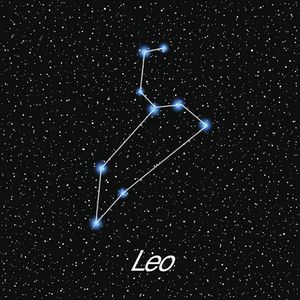
Content:
Since ancient times, people have been observing our beautiful starry sky, uniting various stars in groups – constellations. The names of mythical heroes, sometimes fabulous creatures, and sometimes real were given to constellations. One of such constellations was the Leo constellation, in the outline of which our distant ancestors saw the majestic “king of beasts.” The Leo constellation is one of the brightest and most beautiful on our horizon.
Mythology
The Leo constellation is one of the first constellations observed by man. According to the historical chronicles, Leo constellation was observed by the ancient Sumerian and Mesopotamian astronomers. The Sumerians called it “Big Dog”, and the Mesopotamians were the first to see the outlines of Leo in it. Babylonian astronomers called it the “Great Lion.”
The ancient Greeks (who loved mythology so much) observing Leo constellation saw the Nemean lion killed by the legendary hero Hercules during one of 12 exploits.
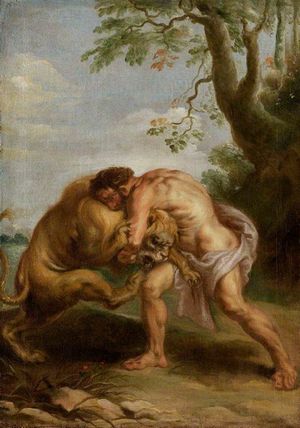
Hercules fights with a lion.
In reality, the Greeks adopted many things from the Babylonians, including astronomical knowledge. Yet as we know, the ancient Greeks associated the constellations in the sky with their myths, so our “star lion” became the hero of the ancient Greek myth.
Yet the Greeks are not the only ones who associated their myths and legends with the Leo constellation. The ancient Egyptians believed that the greatest rulers and pharaohs are born during the period when the Sun is in Leo. As for the Babylonians and the Persians, then their Leo was associated with fire because during the Leo period it was especially hot.
Description
Leo constellation is the fifth largest constellation. The lines of the ecliptic and the celestial equator pass through it.
Since the Leo constellation is an important element of the starry sky, with a large number of bright stars, it is convenient to use it as a guide for searching for many other less noticeable constellations. The Leo constellation can be observed all year round in the Northern Hemisphere.
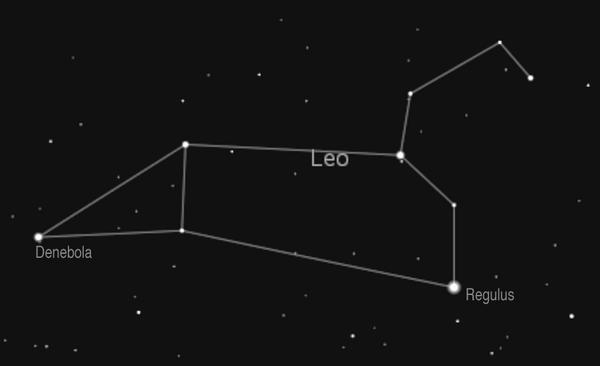
Leo constellation picture.
Location
The Leo constellation is located in the northern hemisphere, in the space between the neighboring constellations Virgo and Cancer. Since Leo is a zodiac constellation belonging to the zodiac circle, it is located along the ecliptic.
Besides this, the Leo constellation is located next to other famous neighbors: the constellations Ursa Major, Hydra, Lynx, Veronica and the already mentioned Virgo and Cancer.
How to Find the Leo Constellation in the Night Sky?
There are two ways to find Leo constellations: the first way is to wait for the Moon to approach it and point to the constellation (in this case, the Moon will act as a cursor). The second way is to find the constellation using another visible constellation, in our case, it will be the Ursa Major constellation.
So, if you look at the Big Dipper of the Ursa Major constellation and imagine that water is pouring from its far edge, then this water will fall … just on the scruff of Leo.
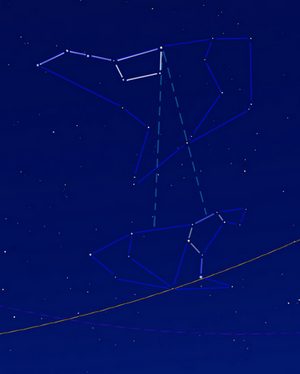
Major Stars
Six bright stars arranged in the shape of a sickle form a lion’s head. The brightest star – Regulus (Alpha Leo) marks a lion’s heart. Denebola (Beta Leo) – another bright star crowns the tip of his tail. Algieba (Gamma Leo) lies on his cheek, although the very name of this star means “forehead.” And finally, the star Zosma (Gamma Leo) adorns the thigh of the beast.
In addition to the main brightest stars, the Leo constellation also has many other stars that are not so bright (there are about 120 of them), most of them can be observed only with the help of a professional astronomical telescope.
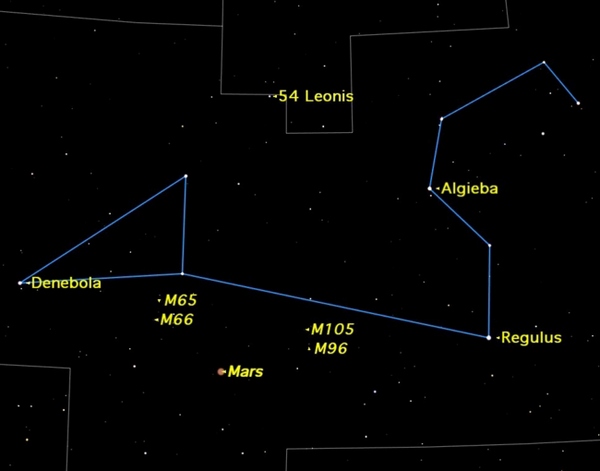
Stellar diagram of the Leo constellation.
Regulus (Alpha Leo)
This is the brightest star in the Leo constellation and the 22nd star in brightness in our night sky. In fact, Regulus is not one star, but a whole system of 4 stars, consisting of two stellar pairs. The first pair consists of a large young blue star Regulus A and a white dwarf. Both stars revolve very quickly around a common center of mass – a complete cycle completes in 40 days. The second pair of stars is a system of orange and red dwarfs, which are located at a distance of about 100 astronomical units from each other. (The second pair of stars is practically invisible from the Earth since they are often blocked by the Moon, Venus, and Mercury
According to the astronomical classification, the Regulus is a spectroscopic binary star of the main sequence. It is located at a distance of 70 light-years from us. As for the name, the star was named by Arab medieval astronomers, who poetically called it “Kalb Al-Assad,” which in Arabic means “The Heart of a Lion”. European astronomers called it “Regulus”, which in Latin means “Prince”.
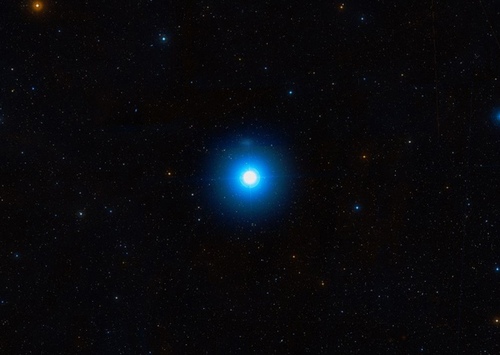
Denebola (Beta Lion)
This is the second brightest star (and the 61st brightest star in the sky). Its name comes from the Arabic “Danab al-Assad”, which means “tail of a lion.” The mass of this star is about 1.8 times bigger the mass of our Sun, and the star itself is 12 times brighter than the Sun. Denebola is a hot white giant, the layers of its substance constantly move inward or outward, because of which it constantly flickers, changing its shine every 2-3 hours.
Algieba (Gamma Lion)
Like Regulus, Algieba is not an ordinary single star, but an entire star system consisting of two stars, much larger than the Sun, both in size and in luminosity. The first of the pair of stars “Algieba A” is an orange giant; it is 180 times brighter than the Sun. Its companion, who is a yellow star, is slightly smaller; it is only 50 times brighter than the Sun. The star pair of Algieba can be easily seen even in a small amateur telescope. Algieba is located at a distance of 130 light-years from us.
The name “Algiyeba” comes from the Arabic “Al Jeba”, which means “forehead”, although this star (or rather a star pair) symbolizes the lion’s mane.
Galaxies and Clusters
The stars entering the Leo constellation form a cluster, which astronomers scientifically call the word “asterism”. The asterism of Leo in its form resembles a “sickle,” which consists not only of stars but of entire galaxies.
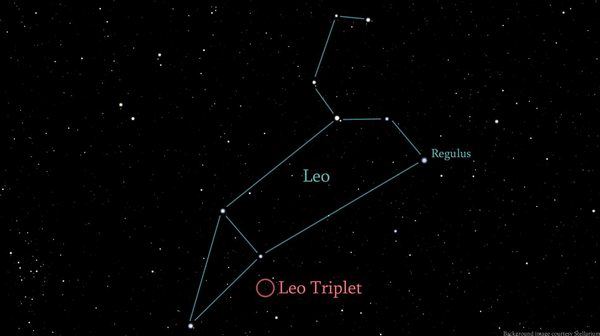
In particular, the so-called Triplet of Leo, which includes such galaxies, is of great interest to astronomers:
- Monsieur 65 (M65)
- Monsieur 66 (M66)
- NGC 3628
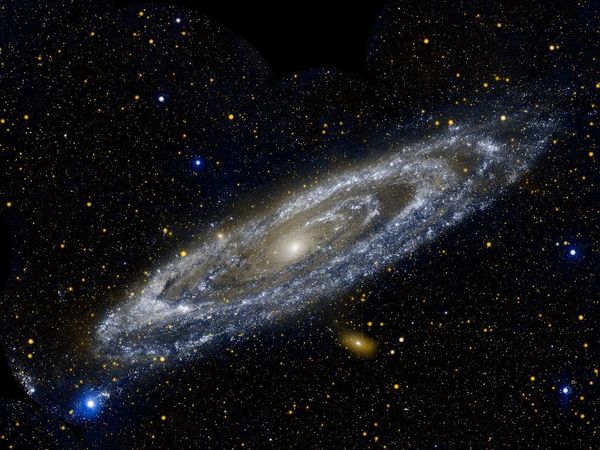
These galaxies (like our neighbor Andromeda, like our galaxy) are also spiral-type, and they are about 35 million light-years distant from us. At the end of the twentieth century, astronomers recorded three supernova explosions in the galaxy M66.
References and Further Reading
- “Leo.” Constellationsofwords.com. Retrieved 2016-01-19.
- “Astronomers discover smallest” exoplanets “yet”. Toronto. Archived from the original on January 16, 2009.
- L. Phil Simpson (Springer 2012) Guidebook to the Constellations: Telescopic Sights, Tales, and Myths, p. 235 (ISBN 9781441969415).
- Wilkins, Jamie; Dunn, Robert (2006). 300 Astronomical Objects: A Visual Reference to the Universe. Buffalo, New York: Firefly Books. ISBN 978-1-55407-175-3.
- Prostak, Sergio (January 11, 2013). “Universe’s Largest Structure Discovered.” scinews.com. Retrieved January 15, 2013.

Author: Pavlo Chaika, Editor-in-Chief of the journal Poznavayka
When writing this article, I tried to make it as interesting and useful as possible. I would be grateful for any feedback and constructive criticism in the form of comments to the article. You can also write your wish/question/suggestion to my mail pavelchaika1983@gmail.com or to Facebook.

